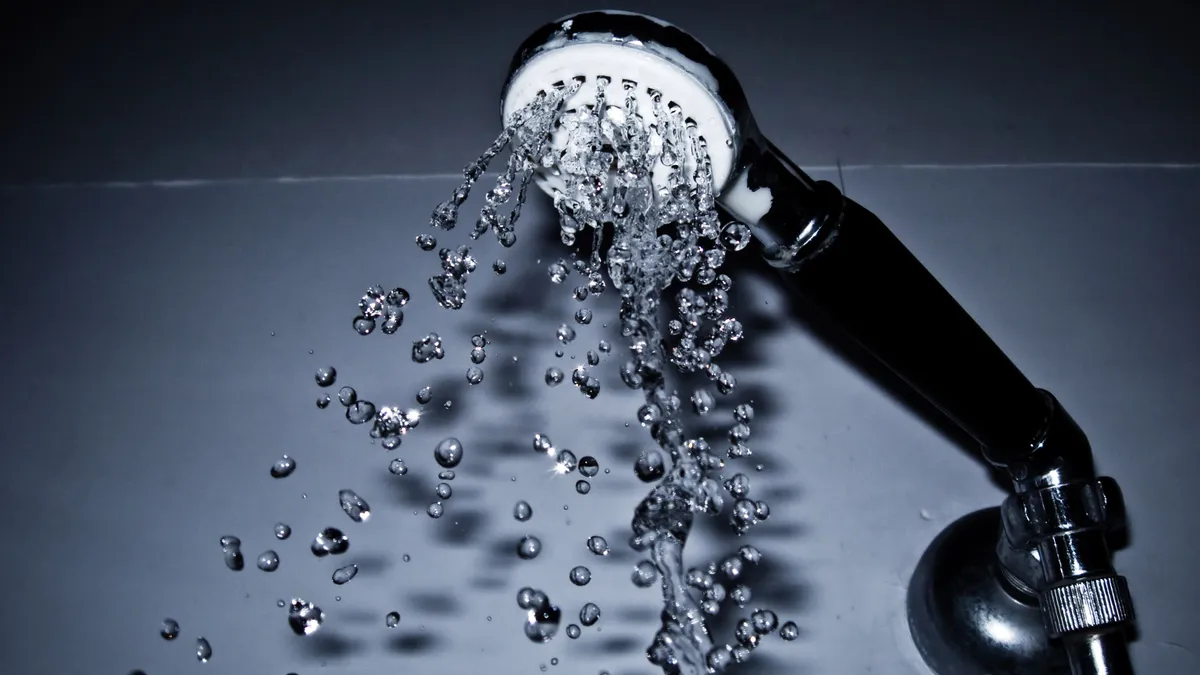Dive Brief:
- As the federal government slows progress on energy efficiency standards, it has created a void where states can implement policies that potentially save customers $16 billion annually across 21 products by 2035, according to analysis by Natural Resources Defense Council and the Appliance Standards Awareness Project (ASAP).
- The biggest opportunities lie in water-saving efficiency standards, but there are also improvements to be had in computer equipment, fans, motors and compressors, and other electronic equipment, the analysis finds.
- This year, several states considered energy efficiency legislation, but only Vermont enacted a new law. ASAP estimates the state's new measures could save consumers $17 million a year by 2025.
Dive Insight:
The 21 products identified by NRDC and ASAP run the gamut, from commercial cooking equipment to toilets. What they have in common is a lack of federal efficiency standards that would preclude states from taking action.
While advocates say they will continue to fight at the federal level to support nationwide efficiency standards, "states can help lead the way by pushing forward standards for additional products," NRDC Senior Program Advocate Lauren Urbanek wrote in a Tuesday blog post.
The four products with the largest savings potential — faucets, shower heads, lawn sprinklers and toilets — all involve water because standards for water-using products have not been updated since the early 1990s, Urbanek told Utility Dive in an email, "so there is substantial room for improvement in the water (and therefore, energy) use of this equipment."
Given their proliferation, it may come as a surprise to learn there are no federal efficiency standards for computers, but Urbanek said that has to do with how quickly the technology changes and how slowly regulations move.
"California has the nation's first computer standards. They have not historically been regulated because of how quickly the technology changes, but we're optimistic that the California standard will become a de facto nationwide standard," she said.
Regarding 2018 legislative action, Vermont was the only state to enact an efficiency law this year, but advocates say there has been plenty of interest shown elsewhere, and they remain optimistic. Four other states debated efficiency legislation in 2018 but did not pass it, including Massachusetts, Rhode Island, Hawaii and Washington. That's not unusual, Urbanek wrote, as it '"often takes a cycle or two for lawmakers to get comfortable with a concept and get it done."
Hawaii has the highest potential per-household savings, Urbanek said, at $119 annually in 2025. "Cumulatively, large states like California, Florida and Texas have the highest potential for overall savings," she explained.
But developing policy and legislation is never simple — one reason NRDC and appliance manufacturers say they would prefer a federal standard. For example, North Carolina has developed two major conservation laws, but only one of them is really working, Energy News Network reports. Conservation rules in the Tar Heel State are updated every six years, making progress slow.
New York adopted appliance standards decades ago, but the majority were rendered moot after federal rules were established. However, the state has signaled its intent to renew its efforts, as federal leadership has waned.
In April, New York Gov. Andrew Cuomo, D, announced a significant expansion of the state's efficiency goals, calling for investor-owned utilities to achieve annual efficiency savings of 3% of sales by 2025 — representing a 40% acceleration of efficiency in the next seven years.














